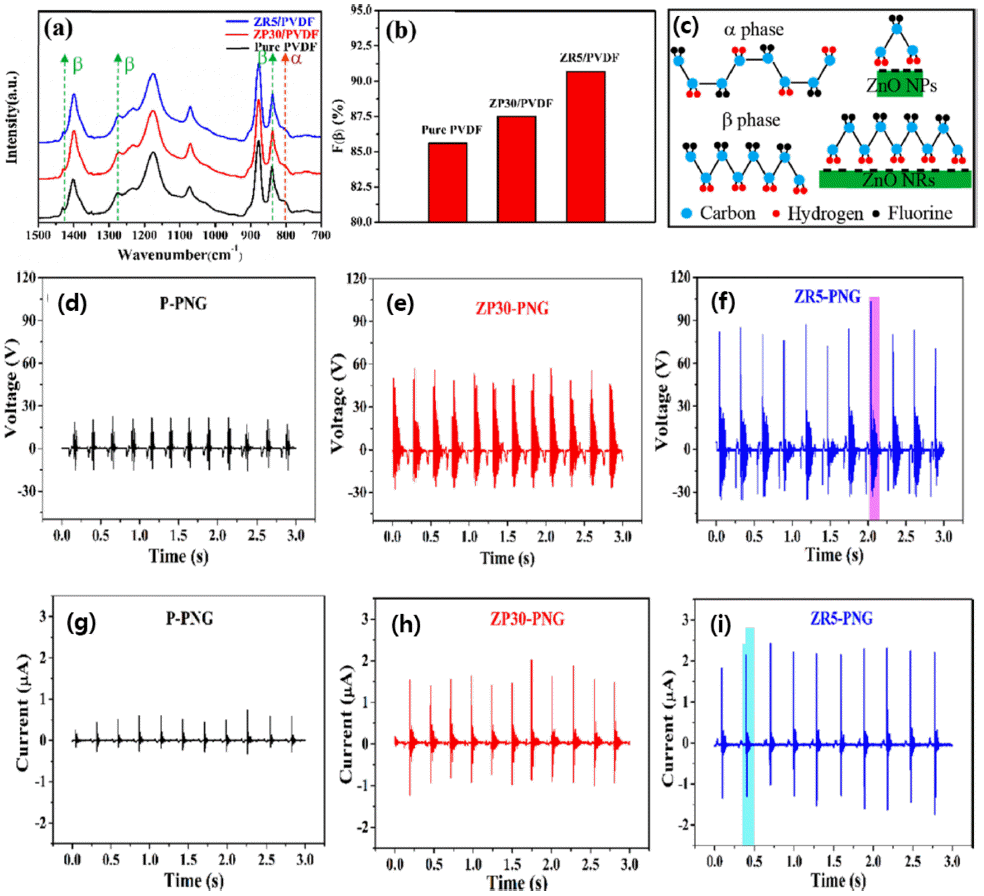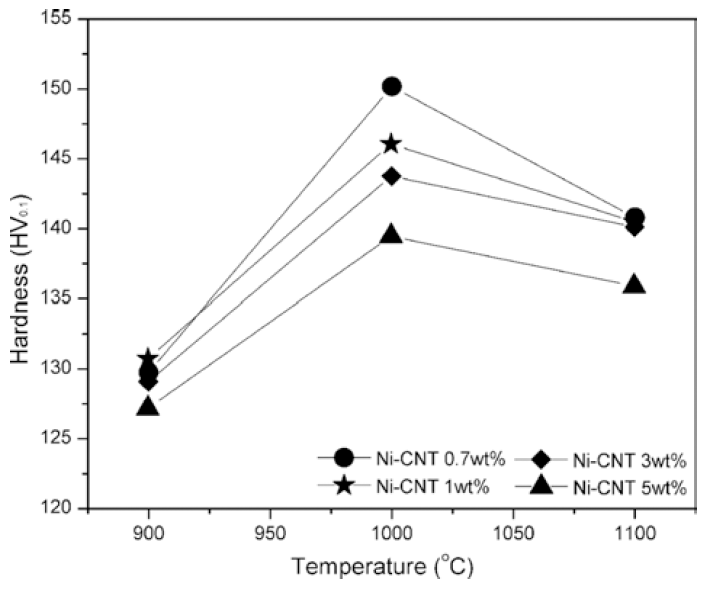Search
- Page Path
- HOME > Search
- [Korean]
- Recent Development in Performance Enhancement of PVDF-Nanopowder Composite-based Energy Harvesting Devices
- Geon-Ju Choi, Il-Kyu Park
- J Korean Powder Metall Inst. 2020;27(3):247-255. Published online June 1, 2020
- DOI: https://doi.org/10.4150/KPMI.2020.27.3.247

- 646 View
- 9 Download
-
 Abstract
Abstract
 PDF
PDF Recently, interest in technology for eco-friendly energy harvesting has been increasing. Polyvinylidene fluoride (PVDF) is one of the most fascinating materials that has been used in energy harvesting technology as well as micro-filters by utilizing an electrostatic effect. To enhance the performance of the electrostatic effect-based nanogenerator, most studies have focused on enlarging the contact surface area of the pair of materials with different triboelectric series. For this reason, one-dimensional nanofibers have been widely used recently. In order to realize practical energy-harvesting applications, PVDF nanofibers are modified by enlarging their contact surface area, modulating the microstructure of the surface, and maximizing the fraction of the β-phase by incorporating additives or forming composites with inorganic nanoparticles. Among them, nanocomposite structures incorporating various nanoparticles have been widely investigated to increase the β-phase through strong hydrogen bonding or ion-dipole interactions with -CF2/CH2- of PVDF as well as to enhance the mechanical strength. In this study, we report the recent advances in the nanocomposite structure of PVDF nanofibers and inorganic nanopowders.
- [English]
- Fabrication and Mechanical Characteristics of Bulk Nickel/Carbon Nanotube Nanocomposites via the Electrical Explosion of Wire in Liquid and Spark Plasma Sintering Method
- Thuyet-Nguyen Minh, Hai-Nguyen Hong, Won Joo Kim, Ho Yoon Kim, Jin-Chun Kim
- J Korean Powder Metall Inst. 2016;23(3):213-220. Published online June 1, 2016
- DOI: https://doi.org/10.4150/KPMI.2016.23.3.213

- 584 View
- 1 Download
- 2 Citations
-
 Abstract
Abstract
 PDF
PDF In this study, bulk nickel-carbon nanotube (CNT) nanocomposites are synthesized by a novel method which includes a combination of ultrasonication, electrical explosion of wire in liquid and spark plasma sintering. The mechanical characteristics of the bulk Ni-CNT composites synthesized with CNT contents of 0.7, 1, 3 and 5 wt.% are investigated. X-ray diffraction, optical microscopy and field emission scanning electron microscopy techniques are used to observe the different phases, morphologies and structures of the composite powders as well as the sintered samples. The obtained results reveal that the as-synthesized composite exhibits substantial enhancement in the microhardness and values more than 140 HV are observed. However an empirical reinforcement limit of 3 wt.% is determined for the CNT content, beyond which, there is no significant improvement in the mechanical properties.
-
Citations
Citations to this article as recorded by- Fabrication of nanocomposites by electric explosion of stainless steel capillaries filled with carbon nanotubes
Tao Jiang, Zhongyu Hou
Applied Surface Science.2020; 513: 145824. CrossRef - Effect of a nano-sized TiC particle addition on the flow-assisted corrosion resistance of SA 106B carbon steel
Jin-Ju Park, Eun-Kwang Park, Gyoung-Ja Lee, Chang-Kyu Rhee, Min-Ku Lee
Applied Surface Science.2017; 415: 143. CrossRef
- Fabrication of nanocomposites by electric explosion of stainless steel capillaries filled with carbon nanotubes
TOP
 kpmi
kpmi


 First
First Prev
Prev


